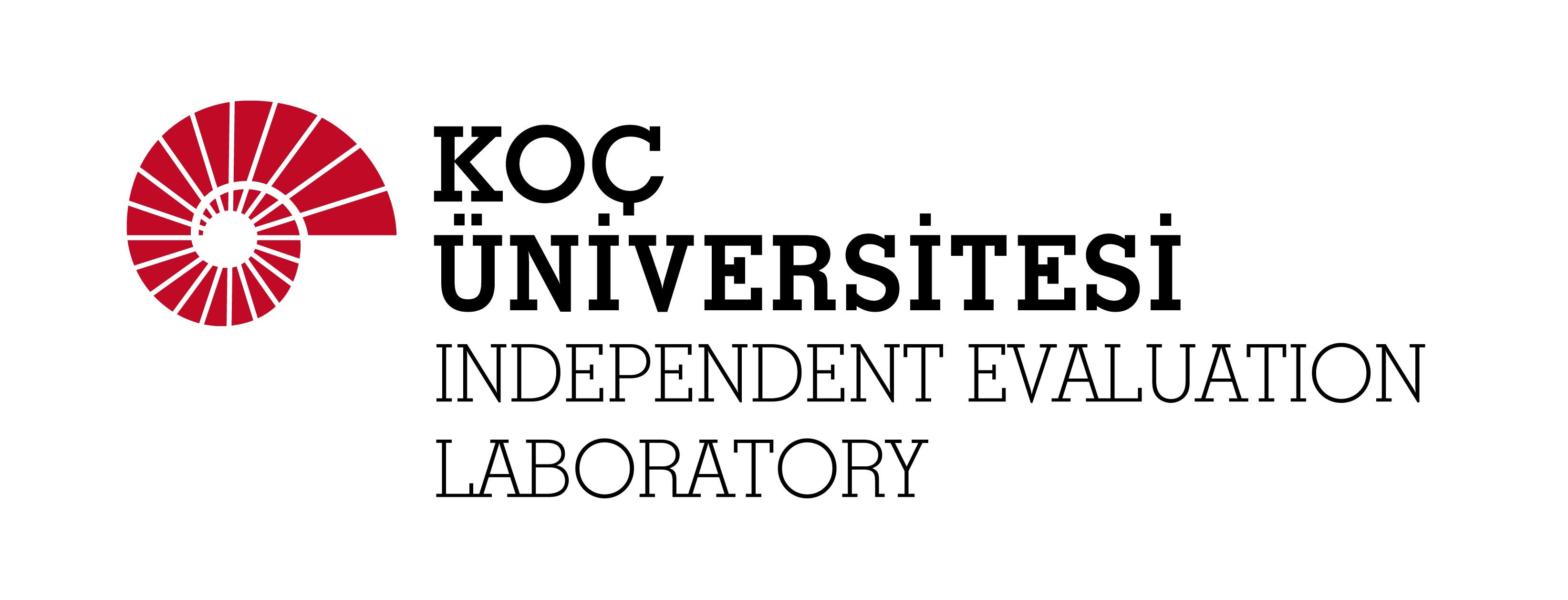Optimizing Interventions
We believe that, as products with social value and content, interventions and policies also deserve to go through an optimization process. Optimized interventions will lead to higher effect sizes and more sustainable impact on a more efficient budget.
We aim to contribute to the development of both evidence-based and optimized interventions.
Example Tools for Program Optimization
Statistical Mediation analysis: Mediation analysis investigates how an intervention changes intermediate variables that are hypothesized to influence the designated outcomes. It contributes to program improvement by identifying the causal intervening mechanism, determining effective or counterproductive program components, and refining the program accordingly. For example, drug prevention programs in high schools typically include different components targeting different mediators (such as social norms, refusal skills, beliefs about benefits and risks) to decrease intention to use drugs. However, mediation analysis studies show that not all of those components are actually successful (Kisbu-Sakarya, MacKinnon, O’Rourke, 2015).

Single Mediator Model
Latent Profile Analysis: Latent profile analysis identifies subgroups of the targeted population, based on patterns of measured individual characteristics and behaviors, so that interventions can be tailored to support the neediest individuals. It answers questions such as:
- What are the profiles of drug use behaviors among high school students? Would these profiles have differential response to intervention?
- What are the profiles of student at risk of school drop-out? What strategies can be developed for these different subgroups?
- What are the patterns of risk factors associated with healthy nutrition for immigrants in poverty? Would different cash-transfer strategies work better for different subgroups?

Latent subgroups of drug users in high schools (Morean et al., 2016)
Factorial Experiments: Factorial experiments can be used to identify the most effective set of intervention components. In a factorial design, the researcher is interested in testing several different aspects of an intervention by manipulating each of them and testing their impact on the targeted outcome variable. A recent example study is conducted by HealthWise South Africa School based Substance Use and Sexual Risk Prevention Program researchers. The main research question was to estimate the individual effect of the three following program components on implementation quality: enhanced teacher training, enhanced teacher support, and enhanced school environment (Caldwell et al., 2012). This evaluation design aims to create the most outcome- and cost-effective version of the intervention.

Adaptability of Transported Evidence-Based Interventions: Despite the increasing popularity of evidence-based interventions, we have limited knowledge about their effectiveness when transported to other countries different from where they originated. For example, some components of an effective parenting intervention born in a Western country may not work, or even produce counterproductive effects in a different culture. Thus, transporting an evidence-based intervention to a different country or context requires a feasibility and adaptability study accompanied by rigorous impact evaluation.
